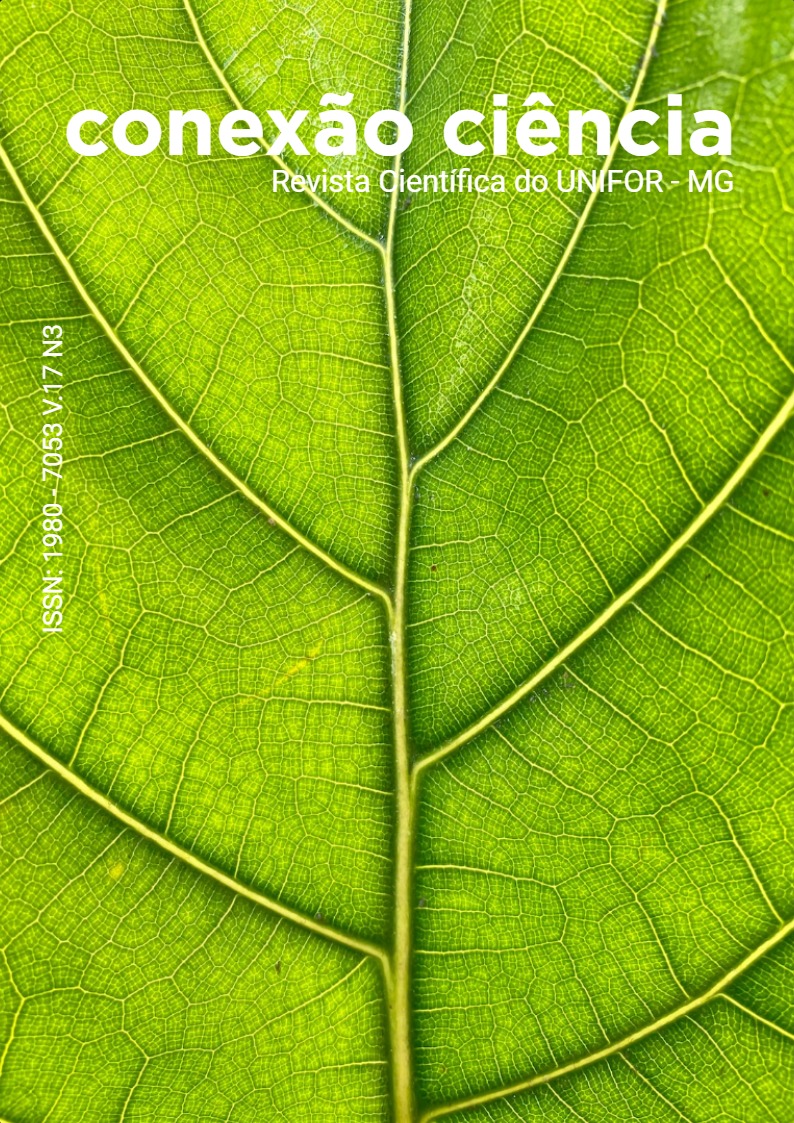Descrição dos aspectos moleculares e celulares e dos efeitos da reabilitação na regeneração do nervo periférico: uma abordagem ao sistema nervoso somático
UMA ABORDAGEM AO SISTEMA NERVOSO SOMÁTICO
DOI:
https://doi.org/10.24862/cco.v17i3.1490Abstract
Introduction: Peripheral nerve injuries result in significant histophysiological changes. The greater the stimulus for regeneration, the greater the ability to reestablish neuronal homeostasis and for that, several therapeutic modalities have emerged as a way of showing improvement in the functional capacity of the affected limb. Objective: Compile information related to the histopathological changes of peripheral nerve regeneration and to mention some modalities used in rehabilitation, with emphasis on the components of the Somatic Nervous System. Methodology: A search for articles was carried out in the PubMed database, considering only studies published in English in the last 18 years (2002-2020). Results/Discussion: The increase in the levels of intracellular Ca2+ are responsible for the activation of histones, which modulate the transcription of genes associated with regeneration. Axonal regeneration becomes more effective after the removal of inhibitory components, a process that is mediated mainly by repair Schwann cells. After local cleaning, these cells form the Büngner bands and secrete neurotrophic factors, which serve as tracks to guide the growth of the motor and sensory axons to the skeletal striated muscle. In that regard, the expression of molecules involved in nerve regeneration, as well as the reestablishment of neuromuscular function can be stimulated by rehabilitation through treatments mediated by photobiomodulation, electrostimulation and physical exercise. Conclusion: A better understanding of the histopathological processes of peripheral nerve regeneration is essential to providing a better prognosis by health professionals and hence assist in the development of safer and more effective therapeutic interventions in the treatment.



